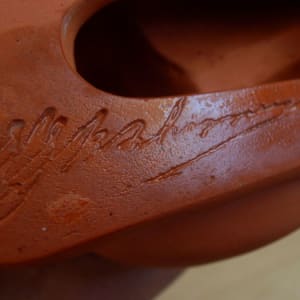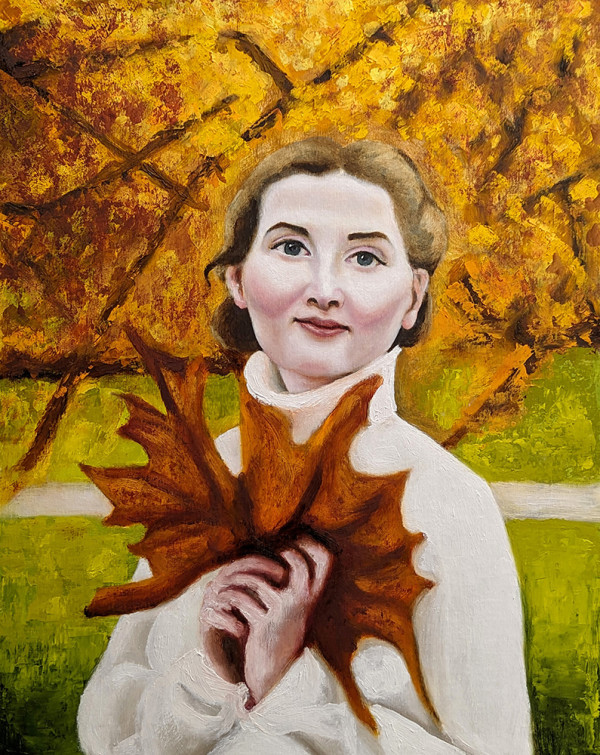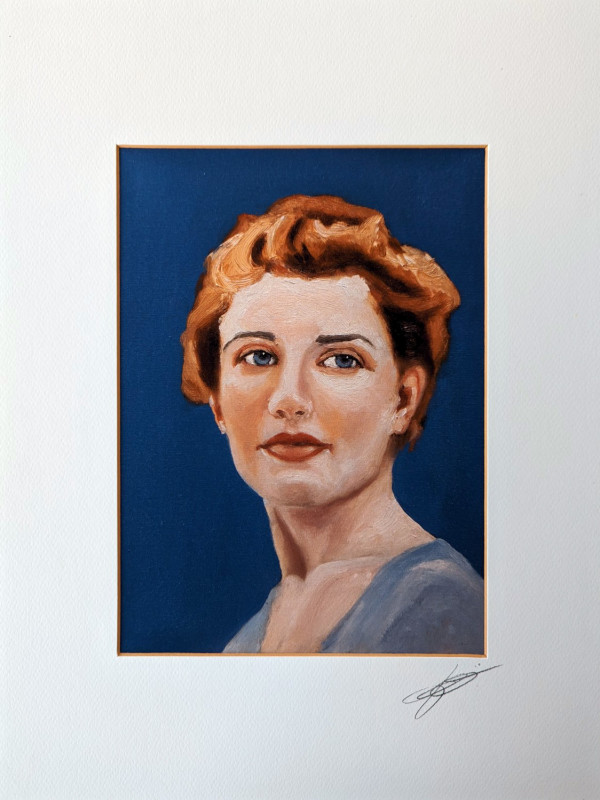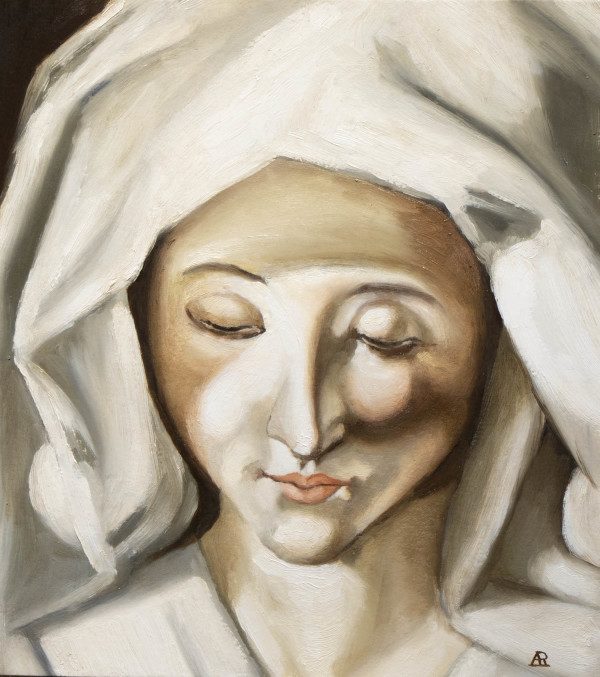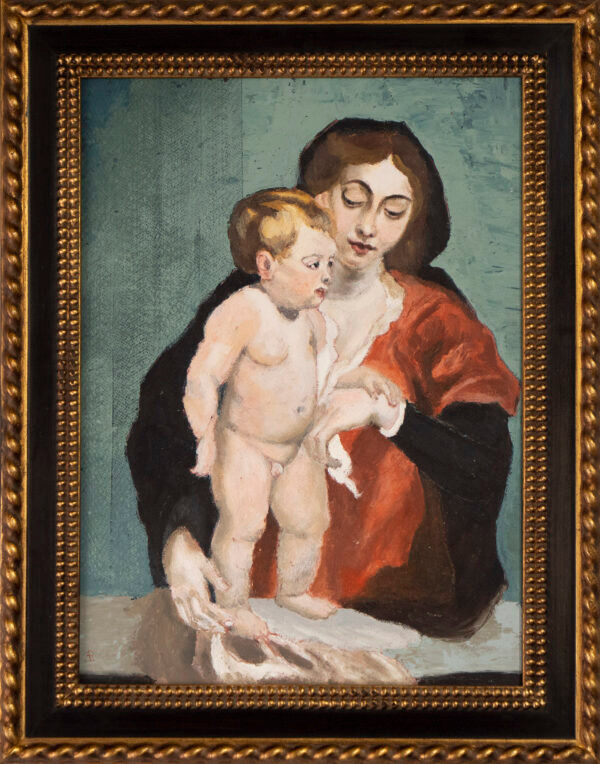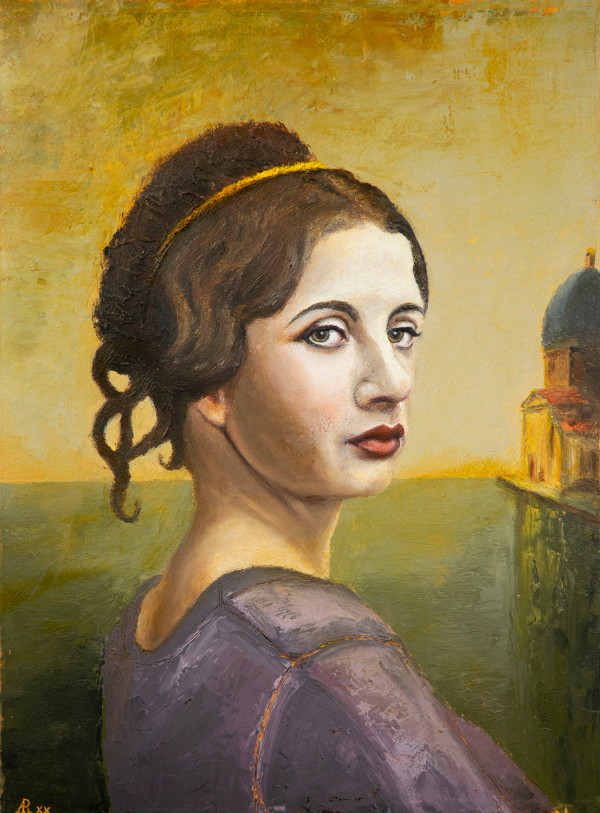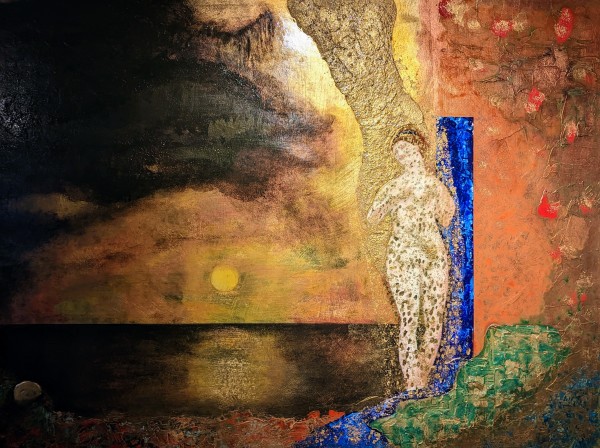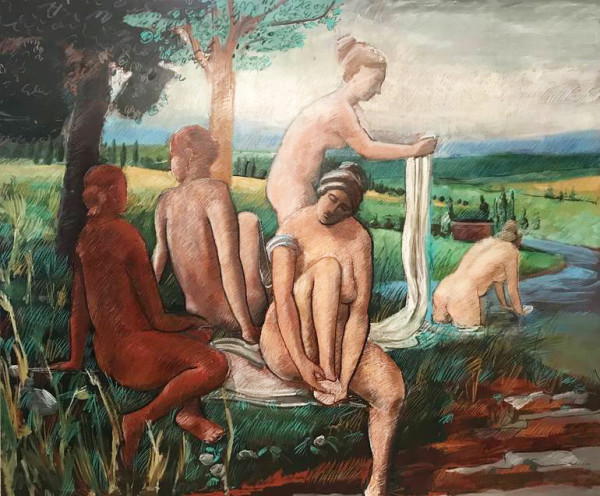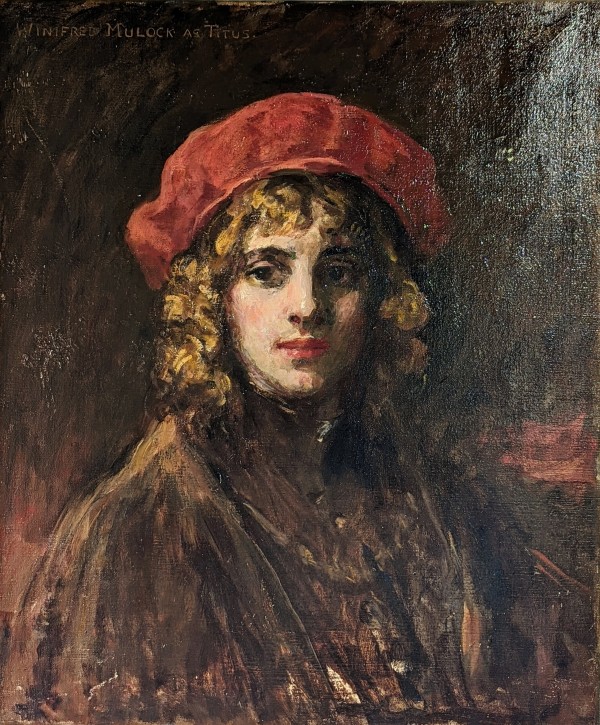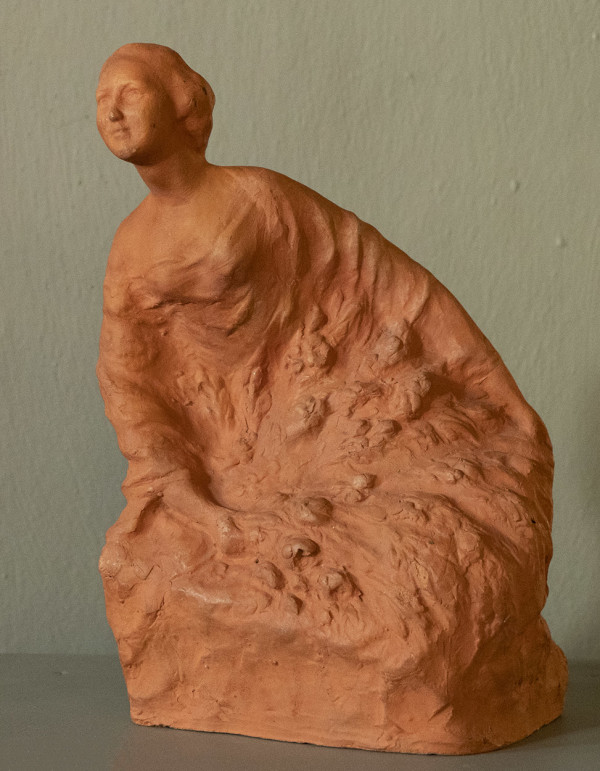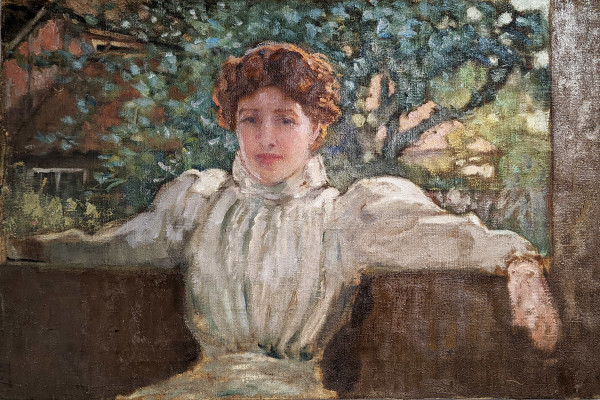This terracotta sculpture is imbued with the fluid lines and stylized elegance characteristic of the Art Deco movement, which suggests its inspiration may indeed draw from that era, typically dated between the 1920s and 1940s.
Art Deco is known for its rich colors, bold geometric shapes, and lavish ornamentation, alongside a fascination with the modernity and machinery that was emerging in that period.
This figure, with its smooth contours and elongated limbs, reflects the streamlined forms that are quintessential to Art Deco design. The subject is captured in a moment of graceful repose, with a sense of movement that is almost theatrical. The arms are raised in a delicate yet deliberate gesture that conveys both a sense of style and emotion.
The sculpture's surface exhibits the warm, natural hues of terracotta, a material that has been used since antiquity, bringing an organic quality to the piece. It is unglazed, which allows the natural texture and tone of the clay to be fully appreciated, and the play of light and shadow across its surface emphasizes the three-dimensional form of the figure.
One of the most striking aspects of this work is the way it conveys emotion through body language. The face is serene and introspective, with the eyes closed in a peaceful expression. This adds a layer of intimacy to the piece, inviting viewers to a moment of quiet contemplation.
Overall, this sculpture is a beautiful amalgamation of traditional material and the stylized aesthetics of the Art Deco movement, capturing the timeless beauty of the human form in a way that is both historical and contemporary. It is signed at the bottom, but not identified yet.
- Subject Matter: Figure
- Collections: Nudes, Sculptures


